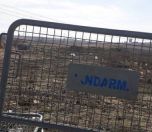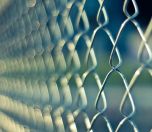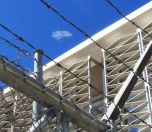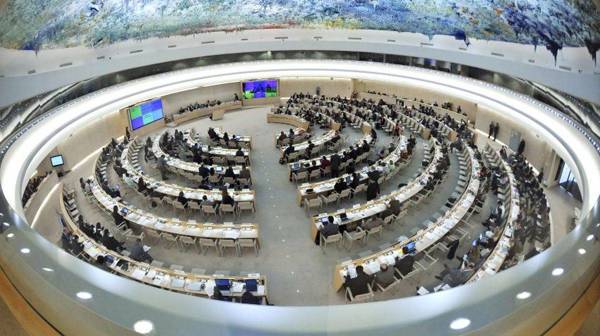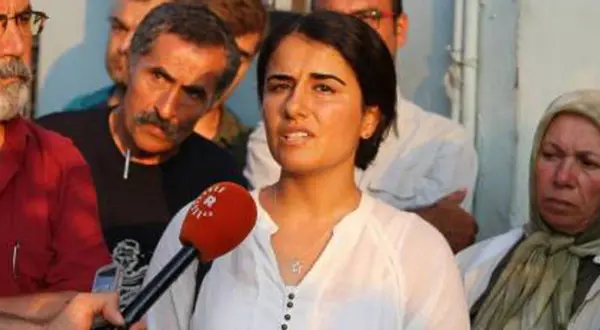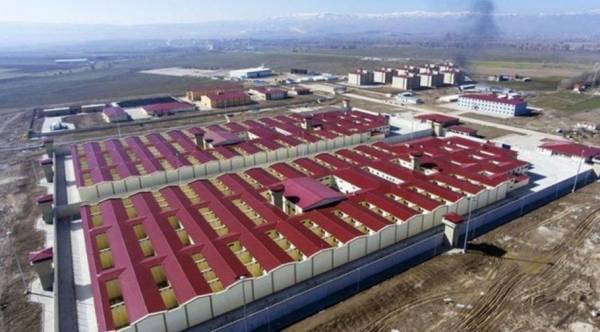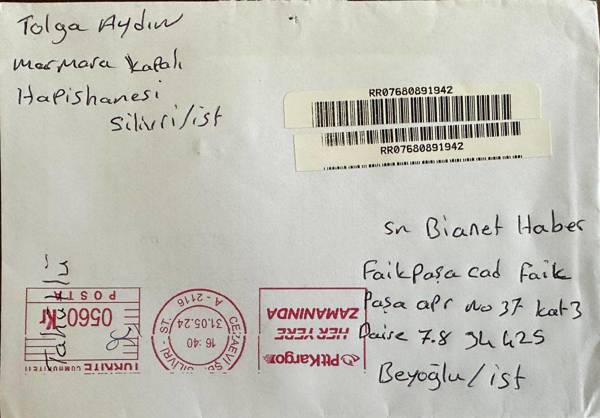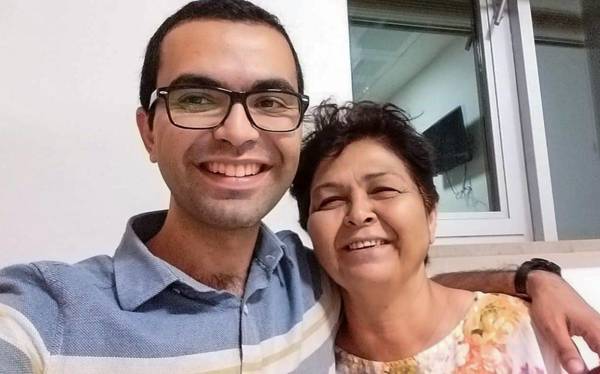* Photo: Mehtap Yücel, from the 1990s
Click to read the article in Turkish
The Constitutional Court has pronounced its detailed ruling regarding the application of Cem Kuru, a convict in İzmir No. 2 Type F Prison.
The Court has concluded that the prohibition of ill treatment guaranteed by the Article 17 of the Constitution has been violated as to the procedure and ruled that Kuru shall be paid 20,000 TRY in non-pecuniary damages.
Moreover, the file will be sent back to the İzmir Chief Public Prosecutor's Office so that the impunity can be eliminated in re-investigation.
He could not eat for five days
Cem Kuru's elder sister L.K. submitted a petition to the İzmir Chief Public Prosecutor's Office on December 27, 2016 and filed a criminal complaint about what his brother had gone through in prison.
According to the petition, Kuru had been kept in a cold room with windows open on December 14, 2016 and held there for five days with his hands and feet handcuffed behind his back and his head between his legs in what is known in Turkey as the "hogtie" method, a notorious form of torture.
Moreover, the handcuffs were not removed from his hands even when he was given food. For this reason, Kuru had been starved for five days. When he was finally taken out of this room, he wanted to go to the sickroom, but he was not allowed. L.K. also wrote that she did not know whether the resultant irritation in her brothers' wrists and ankles was still there or not.
In another petition to the prosecutor's office, she said that her brother had been battered by two prison wardens, his hands and feet had been tied behind his back, he had been tortured by being kept in a cold room with its windows left open and this treatment left permanent damage on his hands and ribs. The medical report issued for Cem Kuru also diagnosed that "he had received slugs to his face and chin."
Prison admitted it: 'He behaved aggressively'
In an official letter sent by the prison administration to the prosecutor's office, it was indicated that Cem Kuru had a row with M.U. from the same A-32 prison ward with him and both convicts, who had displayed aggressive behavior, were then taken to the surveillance room:
"Cem Kuru was given solitary confinement for 12 days for having sworn at prison wardens and having resisted them; he was taken to the surveillance room due to his aggressive behavior."
The prison administration indicated that the windows of the room where Cem Kuru was held were not open, admitting that his feet and hands were tied behind his back as he cut himself and damaged the room.
It was seen in the camera footage and noted in the incident report and officers' accounts that Kuru's hands and feet were tied behind his back.
The report of battery and force prepared by the prison doctor documented that a wound was detected in Kuru's arms and in his chest wall and sensitization was observed in the right side of his body due to old cuts and, based on these diagnoses, he was referred to thoracic surgery department.
Non-prosecution without seeing camera footage
The prosecutor's office, based on the answer of the prison administration, gave a ruling of non-prosecution without making another inquiry. The reason for the no-prosecution was indicated as a "lack of evidence."
The related decision of the office also referred to the Article 30/1-c of the Law no. 3273 on the Execution of Sentences and Security Measures, indicating that "in the event that other control methods fail, handcuffs and tools that restrict physical movement can be used upon the order of the top administrator of the penal institution in order to prevent the convict from hurting oneself or others or damaging the objects..."
Wardens' statements not taken
Cem Kuru objected to the non-prosecution. He said that the witnesses and the perpetrators, whose names he had previously submitted, were not heard, the camera footage allegedly sent to the prosecutor's office was not analyzed by experts, no inquiry was made other than the reply of the Penal Institution and the investigation was not effective.
With this objection rejected, he applied to the Constitutional Court.
Constitutional Court: It is ill treatment
In the detailed ruling of the Constitutional Court announced today, it has been underlined that keeping Cem Kuru in handcuffs for 2.5 days, not 5 days, also means that "the minimum threshold was exceeded."
The Constitutional Court has also indicated that a decision of non-prosecution was given solely based on the official letter sent by the prison administration without making any other inquiry than that:
"Even though it is indicated that there was video recording in the surveillance area where Cem Kuru was under surveillance, these records were not analyzed by an impartial expert. Even though it was admitted that he was handcuffed based on the accounts of the officers on duty, these accounts were not sent to the Chief Public Prosecutor's Office.
"The Prosecutor's Office did not take the statements of these persons as suspects or witnesses, either. Nevertheless, in the decision of non-prosecution, it was admitted that Kuru's hands and feet were handcuffed until he got calm and it was commented that wardens fulfilled their duty."
Against this backdrop, the Constitutional Court has concluded that there was no effective investigation into the issue. (AS/SD)






